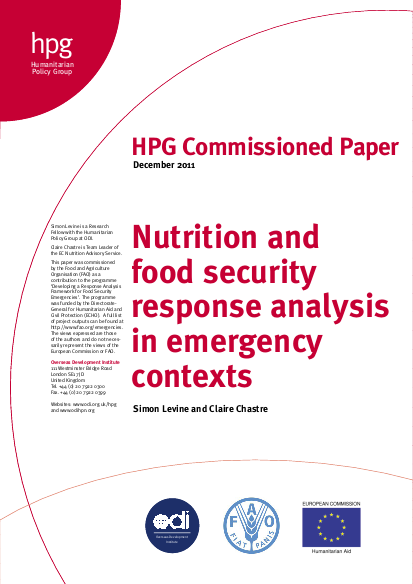
Rates of undernutrition remain persistently high, with devastating consequences for individuals and entire societies. According to UNICEF, about 195 million children, or a third of children below five years of age in low- and middle-income countries, are stunted, and 75 million suffer from wasting. Undernutrition is implicated in the death of over 3 million under-fives every year. It impairs physical and cognitive development, resulting in lower economic potential for individuals and societies and contributing to the perpetuation of poverty. Estimates of the economic cost of undernutrition range from 2% to 8% of GDP.
It is widely acknowledged that reducing undernutrition requires addressing its causes and therefore the involvement of several sectors. For instance, the 2008 Lancet Series on Child and Maternal Undernutrition estimated that the implementation of traditional nutrition interventions with proven effectiveness could reduce the prevalence of stunting at 36 months by about one-third in the 36 worst-affected countries. This raises two questions. First, why is it not happening? This is a question for those responsible for ‘traditional nutrition interventions’, or what is sometimes termed ‘the nutrition sector’. This paper does not focus on this part of the problem.